For many, yoga is a journey of self-discovery, a practice that blends physical postures, breathing exercises, and meditation. Choosing the right yoga mat is crucial for this journey, as it provides stability, support, and comfort. But with a vast array of yoga mats available, navigating the different materials can be overwhelming. This blog delves into the two most popular categories: natural rubber yoga mats and synthetic yoga mats. We’ll explore their composition, benefits, and key differences to help you find the perfect fit for your practice.
Natural Rubber Yoga Mats: Nature’s Embrace
Natural rubber yoga mats, often referred to as rubber mats, are crafted from the sap of Hevea Brasiliense trees. This milky white liquid, latex, undergoes a processing and vulcanization process to create a durable, elastic material. Natural rubber mats are renowned for their eco-friendly nature, as they are derived from a renewable resource.
Benefits of Natural Rubber Yoga Mats:
- Superior Grip: One of the most celebrated features of natural rubber mats is their exceptional grip. The grippy surface provides excellent traction, even when wet from sweat, preventing slipping and enhancing your confidence during challenging poses.
- Biodegradable and Eco-Friendly: Unlike synthetic materials, natural rubber is biodegradable and decomposes naturally after its lifespan, making it a more sustainable option for the environment.
- Cushioning and Support: Natural rubber offers a good balance of firmness and cushioning. This provides adequate support for your joints and spine during poses, while still allowing for a comfortable yoga practice.
- Naturally Odour-Resistant: Unlike some synthetic materials, natural rubber mats have a natural resistance to odour, making them a hygienic choice for sweaty yoga sessions.
- Hypoallergenic: Natural rubber is generally considered hypoallergenic, making it suitable for individuals with sensitivities to synthetic materials.
Synthetic Yoga Mats: A Versatile and Affordable Option
Synthetic yoga mats, often referred to as PVC mats (Polyvinyl Chloride) or TPE mats (Thermoplastic Elastomer), are made from various man-made materials. PVC and TPE mats are the most common types of synthetic yoga mats.
Key Benefits of Synthetic Yoga Mats:
- Durability and Affordability: Synthetic yoga mats are generally more affordable and offer excellent durability, making them a popular choice for beginners and budget-conscious yogis.
- Lightweight and Portable: Synthetic mats are often lighter and easier to roll up and transport compared to natural rubber mats, making them ideal for travel or carrying to yoga studios.
- Variety of Colours and Styles: Synthetic mats come in a wider variety of colours, patterns, and thicknesses, allowing you to choose a mat that suits your style and preferences.
- Easy to Clean: Most synthetic mats are easy to clean with a simple wipe-down using a damp cloth and mild soap solution.
Natural Rubber Yoga Mats vs Synthetic Yoga Mats: A Comparison Table
Learn the differences between natural rubber yoga mats and synthetic yoga mats to find the perfect one for your practice.
| Features | Natural Rubber Yoga Mats | Synthetic Yoga Mats (PVC/TPE) |
| Material | Hevea Brasiliense tree sap (latex) | Polyvinyl Chloride (PVC) or Thermoplastic Elastomer (TPE) |
| Biodegradability | Yes | No |
| Eco-Friendly | Yes | Varies depending on material |
| Grip | Excellent | Varies depending on material |
| Cushioning and Support | Good balance of firmness and support | Varies depending on material |
| Odour-Resistant | Yes | Varies depending on material |
| Hypoallergenic | Generally considered hypoallergenic | May contain allergens |
| Durability | Moderate | High |
| Affordability | More expensive | More affordable |
| Weight | Heavier | Lighter |
| Portability | Less portable | More portable |
| Variety of Colours/Styles | Limited | Wide variety |
| Ease of Cleaning | Moderate | Easy |
Choosing the Right Mat for Your Practice
The ideal yoga mat material depends on your individual needs and priorities. Consider the following factors when making your choice:
- Practice Style: If you practice hot yoga or Vinyasa flows, a natural rubber mat with excellent grip is essential. For gentler styles like Hatha or restorative yoga, a synthetic mat may be sufficient.
- Environmental Concerns: If sustainability is a priority, a natural rubber mat is an eco-friendlier option.
- Budget: Natural rubber mats tend to be more expensive than synthetic mats.
- Personal Preferences: Ultimately, the best way to choose a mat is to try different options and see what feels most comfortable for you.
By carefully considering these factors, you can select the perfect yoga mat to enhance your practice and contribute to a more sustainable lifestyle.
Conclusion
Ultimately, the choice between natural rubber vs synthetic yoga mats depends on your individual needs and priorities. Consider your budget, environmental concerns, desired level of grip and comfort, and portability needs.
For those seeking a grippy, eco-friendly mat with good support, a natural rubber mat might be the ideal choice. However, if affordability, portability, and a wide variety of colours are your top priorities, a synthetic yoga mat could be a good option.
No matter which material you choose, ensure the mat provides adequate cushioning for your joints and is thick enough for your comfort level. Experiment with different types of mats to discover what feels best for your practice. Remember, your yoga mat is a personal companion on your yoga journey, so prioritize comfort and stability.

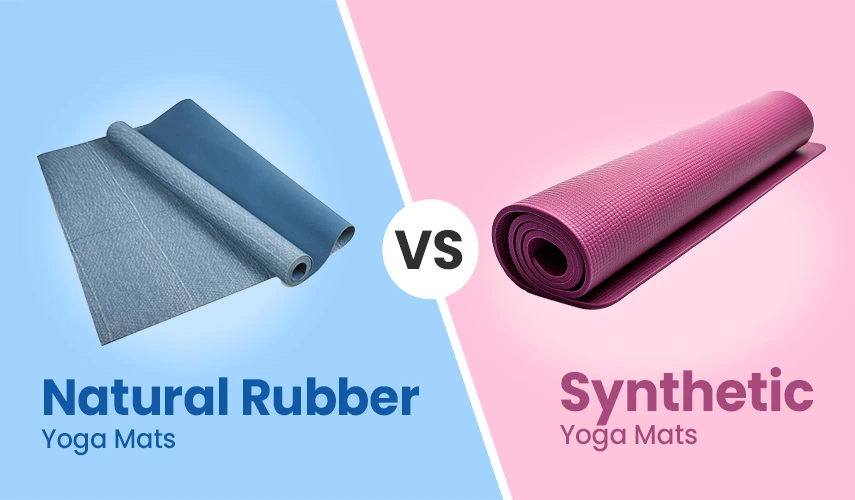
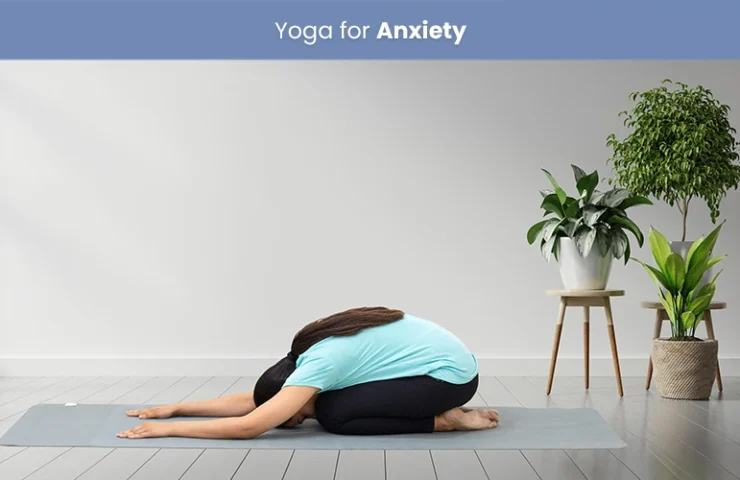
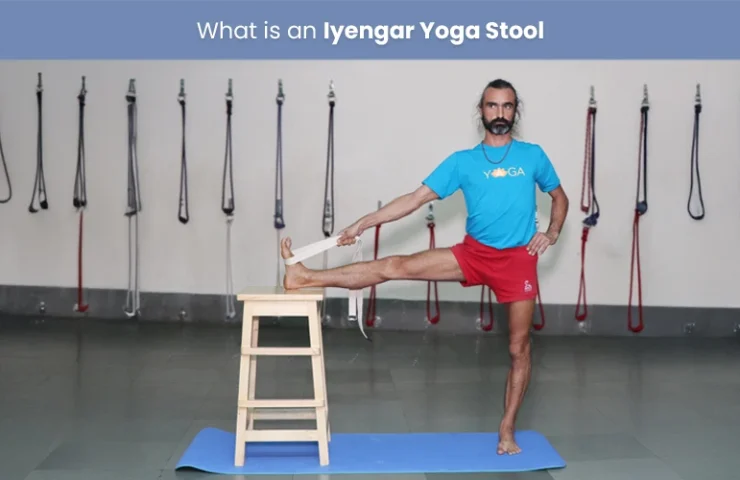
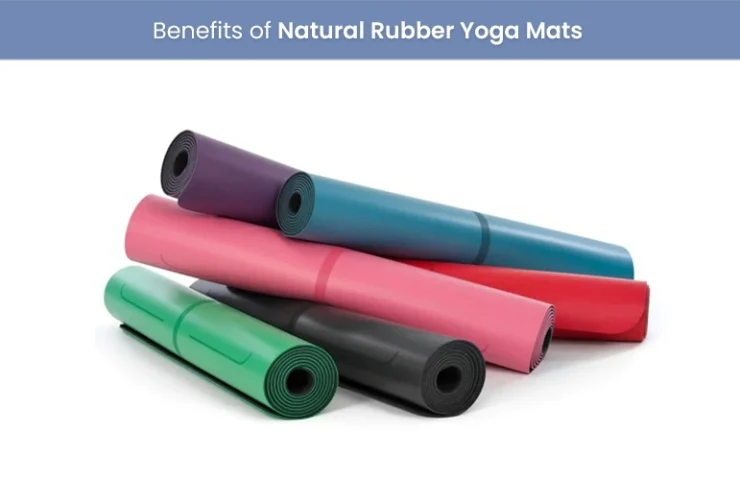
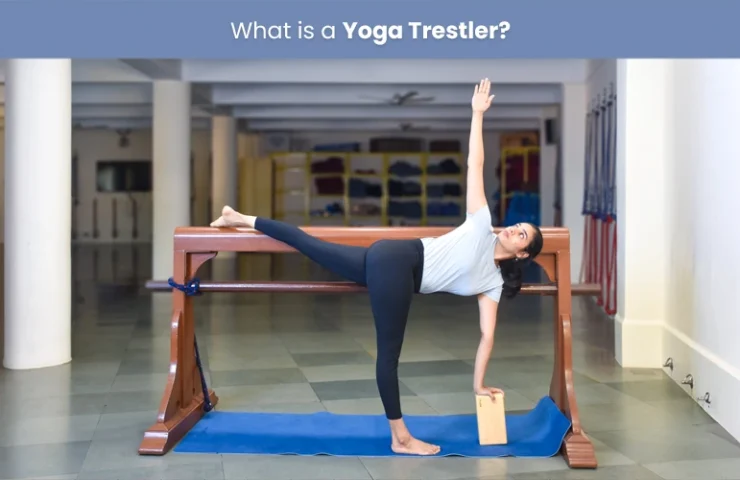
0 Comments for “Natural Rubber Yoga Mats vs Synthetic Yoga Mats – Finding Your Perfect Fit!”